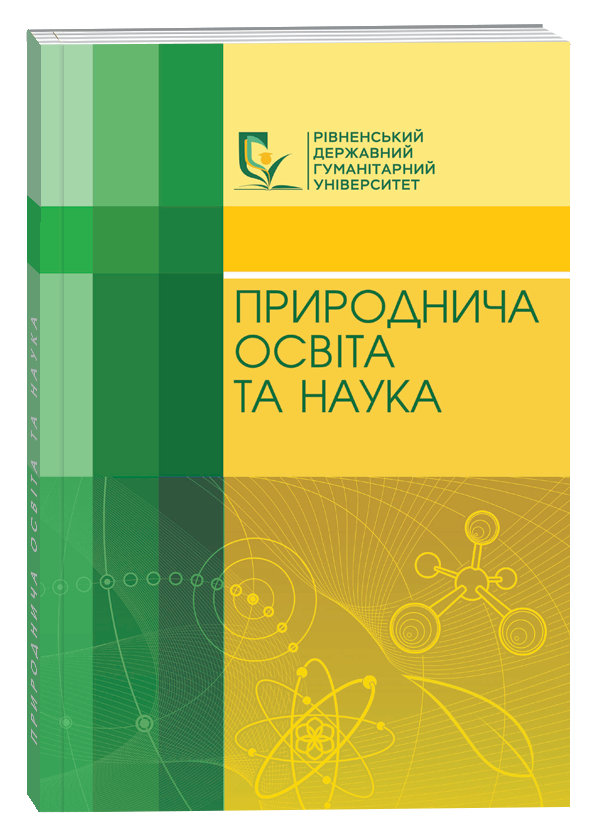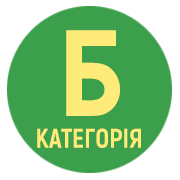INNOVATIVE APPROACHES AND PROSPECTS FOR ANALYZING TACTICAL STRATEGIES IN FOOTBALL
Abstract
The conducted analysis revealed that a high level of technical and tactical preparation is one of the key factors for gaining an advantage over the opponent and achieving victory. To select an effective match strategy, several crucial factors of the team must be considered: players’ anthropometric data, squad balance, player versatility, and levels of physical and technical preparation. Equally important are the opponent’s characteristics, such as their anthropometric features, playing style, and levels of technical and physical readiness. Additionally, the venue of the match-whether it is a home or away game-play s a significant role. In modern football, where player skill levels are often nearly equal, the decisive factor in determining the outcome is a well-chosen tactical formation and player positioning on the field. This study consolidates scientific research regarding the impact of tactical strategies on game efficiency and explores the role of innovative technologies (big data, video analysis, machine learning) in the process of tactical analysis. The authors propose a potential solution for constructing models and integrating various data sources using big data technologies. Big data is characterized by three key elements: volume, variety, and velocity. Regarding tactical analytics in football, these aspects can be interpreted as follows: volume pertains to the size of football data sets; variety refers to the different formats and sources of data; velocity describes the speed at which new data is generated. In football, velocity varies significantly between real-time streams of physiological and positional data and delayed data from traditional analysis conducted during training and competitions. Big data technologies are specifically designed to process and store high-velocity data. The adaptation of big data technologies in football research opens new possibilities for addressing key issues in tactical analysis at the elite sports level. Modern data processing methods enable the development of deeper theoretical models that reflect the complexity of tactical decisions and team play. However, this requires an interdisciplinary approach that combines the expertise of sports analysts, coaches, biomechanists, and computer scientists for comprehensive data analysis and interpretation.
References
2. Сучасні підходи до аналізу змінної діяльності футболістів із застосуванням інноваційних технологій / І. Дорошенко, А. Сватьєв, Е. Соболь, О. Черненко, І. Шаповалова, Е. Дорошенко. Спортивна наука та здоров’я людини. 2023. № 2 (9). C. 76–87. DOI: https://doi.org/10.28925/2664-2069.2023.26.
3. Костюкевич В.М. Теорія і методика тренування спортсменів високої кваліфікації : навчальний посібник. Київ : Освіта України, 2009. 279 с.
4. Мітова О.О. Уніфікований алгоритм комплексного контролю підготовленості спортсменів у командних спортивних іграх. Наука в олимпийском спорте. 2019. № 2. С. 16–28.
5. Перцухов А., Шаленко В. Модельні характеристики провідних футболістів різного ігрового амплуа. Слобожанський науково-спортивний вісник. 2021. № 1 (81). С. 47–58. DOI: http://doi.org/10.15391/snsv.2021-1.007.
6. Полищук Д.М, Сушко Р.О. Вплив селекційної роботи у футболі на ефективність змагальної діяльності команд. Науковий часопис Національного педагогічного університету імені М.П. Драгоманова. Серія 15. «Науково- педагогічні проблеми фізичної культури». 2020. № 3 (123). С. 113–119. DOI: https://doi.org/10.31392/NPUnc.series15.2020.3(123).22.
7. Стрикаленко Є.А. Особливості тактичної побудови гри провідних європейських футбольних клубів. Педагогіка, психологія і медико-біологічні проблеми фізичного виховання і спорту. 2009. № 10. С. 237–241.
8. Сушко Р, Дорошенко Е. Глобалізація в сучасному світі та її вплив на спорт вищих досягнень. Спортивний вісник Придніпров’я. 2016. № 2. С. 140–145.
9. Шинкарук О. Теорія і методика підготовки спортсменів: управління, контроль, відбір, моделювання та про- гнозування в олімпійському спорті. Київ : Поліграф експрес, 2013. 136 с.
10. Influence of Situational Variables, Team Formation, and Playing Position on Match Running Performance and Social Network Analysis in Brazilian Professional Soccer Players / R. Aquino, C. Carling, L.H. Palucci Vieira, G. Martins, G. Jabor, J. Machado, P. Santiago, J. Garganta, E. Puggina. Journal of Strength and Conditioning Research. 2020. № 34 (3). P. 808–817. DOI: https://doi.org/10.1519/JSC.0000000000002725.
11. A new paradigm to understand success in professional football: analysis of match statistics in LaLiga for 8 complete seasons / D. Brito Souza, R. López-Del Campo, H. Blanco-Pita, R. Resta, J. del Coso. International Journal of Performance in Sport. 2019. № 19 (4). P. 543–555. DOI: https://doi.org/10.1080/24748668.2019.1632580.
12. González-Ródenas J., Aranda R., Aranda-Malaves R. The effect of contextual variables on the attacking style of play in professional soccer. Journal of Human Sport and Exercise. 2021. № 16 (2). P. 399–410. DOI: https://doi.org/10.14198/JHSE.2021.162.14.
13. Kostiukevych V., Shchepotina N., Vozniuk T. Monitoring and Analyzing of the Attacks of the Football Team. Physical Education Theory and Methodology. 2020. № 20 (2). P. 68–76. DOI: https://doi.org/10.17309/tmfv.2020.2.02.
14. Modric T., Versic S., Sekulic D. Position Specific Running Performances in Professional Football (Soccer): Influence of Different Tactical Formations. Sports (Basel, Switzerland). 2020. № 8 (12). P. 1–10. DOI: https://doi.org/10.3390/ SPORTS8120161.
15. A Review of Competitive Balance in European Football Leagues before and after Financial Fair Play Regulations. Sustainability / G. Ramchandani, D. Plumley, A. Davis, R. Wilson. MDPI. 2023. № 15 (5). Р. 4284. DOI: https://doi.org/10.3390/su15054284.
16. Formation of National Teams Taking into Account the Factors of Football Players’ Club Migration / E. Sobol, A. Svatyev, I. Doroshenko, S. Kokareva, N. Korzh, E. Doroshenko. Physical Education Theory and Methodology. 2021. № 21 (4). P. 389–396. DOI: https://doi.org/10.17309/tmfv.2021.4.15.
17. Key team physical and technical performance indicators indicative of team quality in the soccer Chinese super league / G. Yang, A. Leicht, C. Lago, M. Gómez. Research in Sport Medicine. 2018. № 26 (2). P. 158–167. DOI: https://doi.org/10.1080/15438627.2018.1431539.
18. Živanović V. European Football Championship 2020/2021: Analysis of Goals Scored and Evaluation of Statistically Parameters in Matches. SPORT – Science & Practice. 2022. № 12 (2). P. 61–70. https://doi.org/10.5937/snp12-2-42151.






